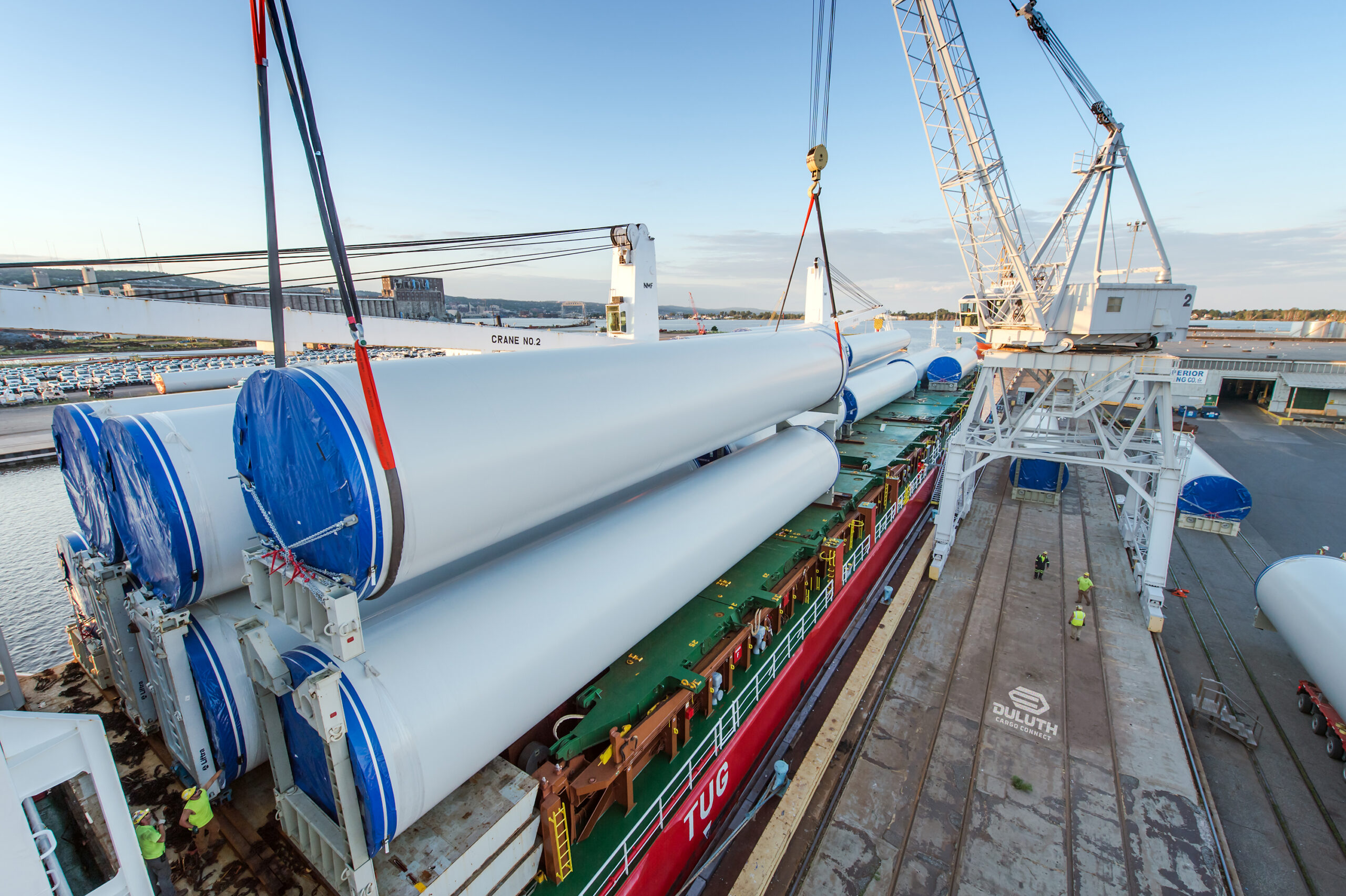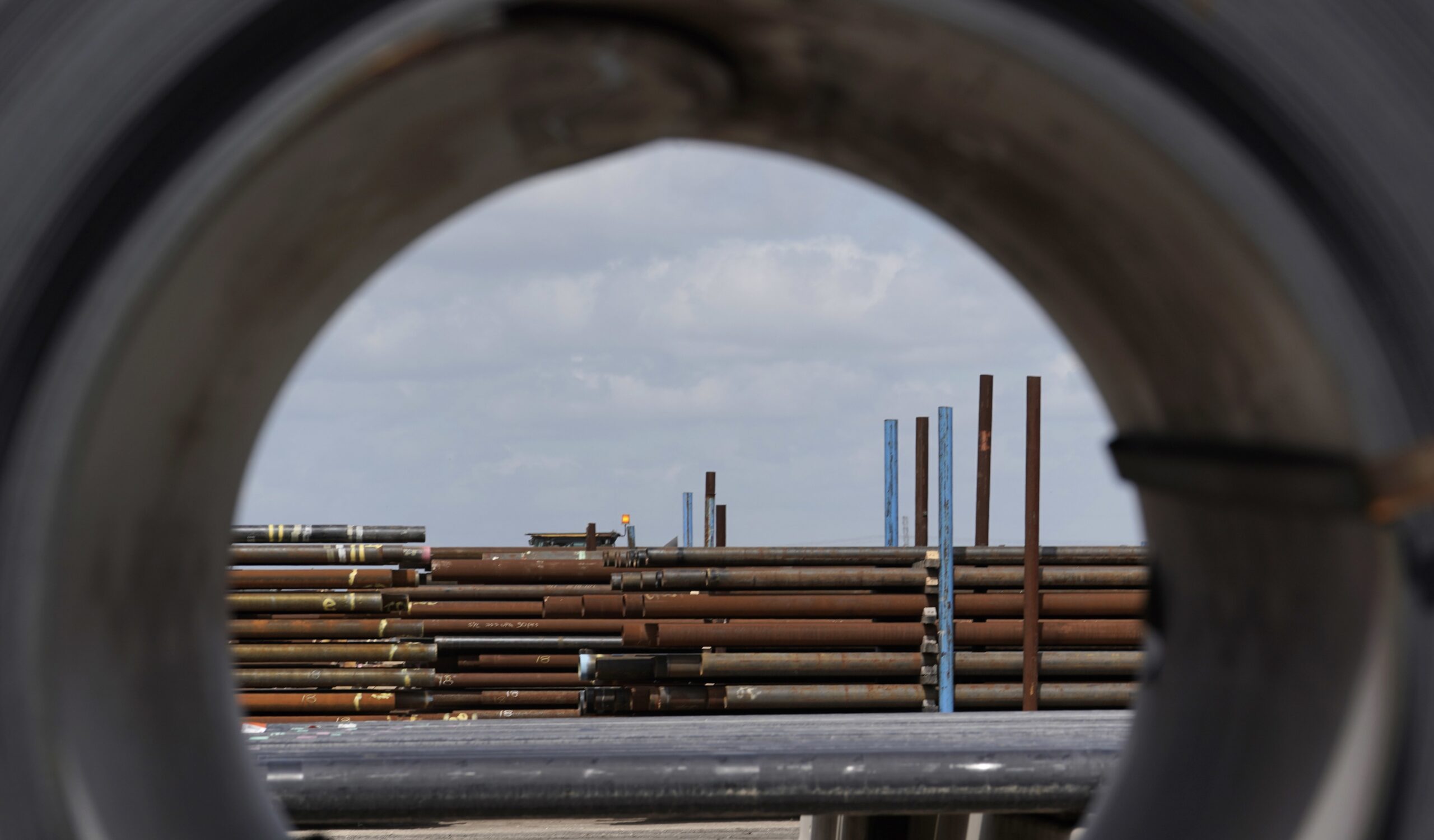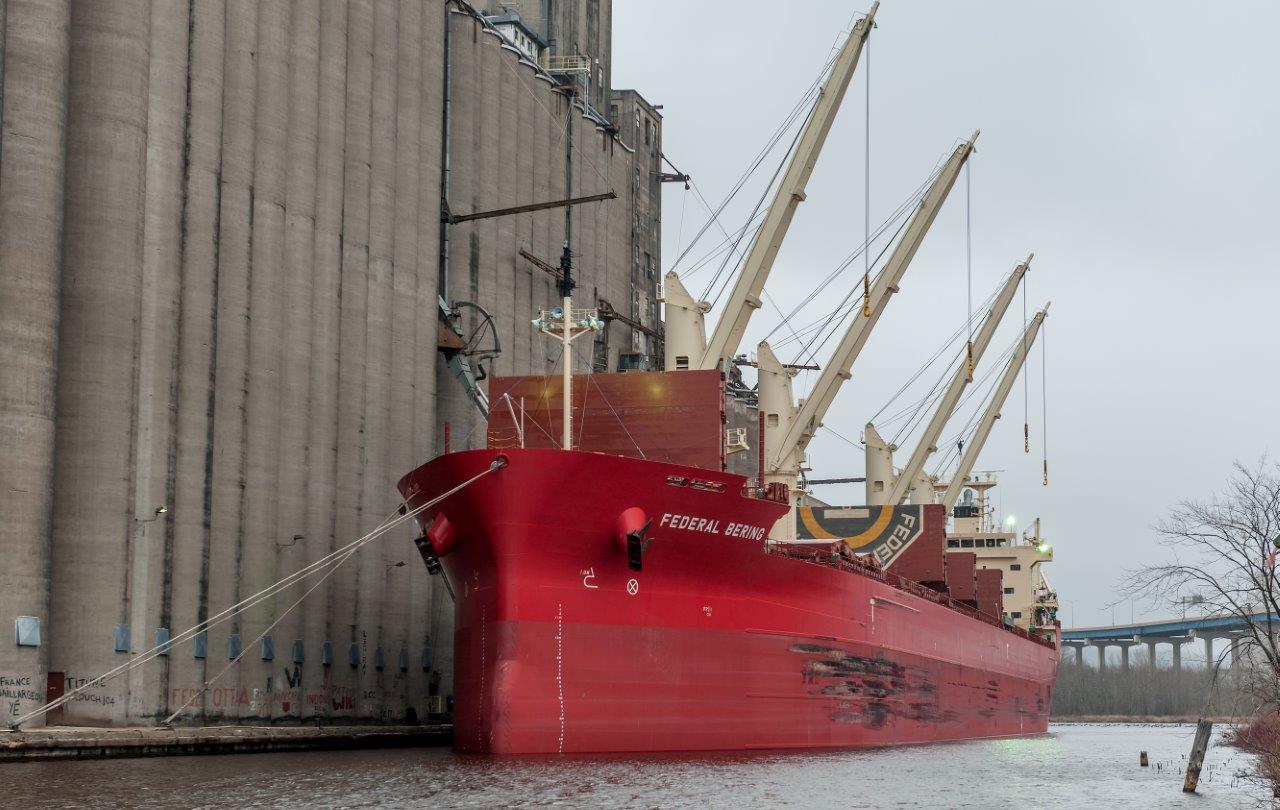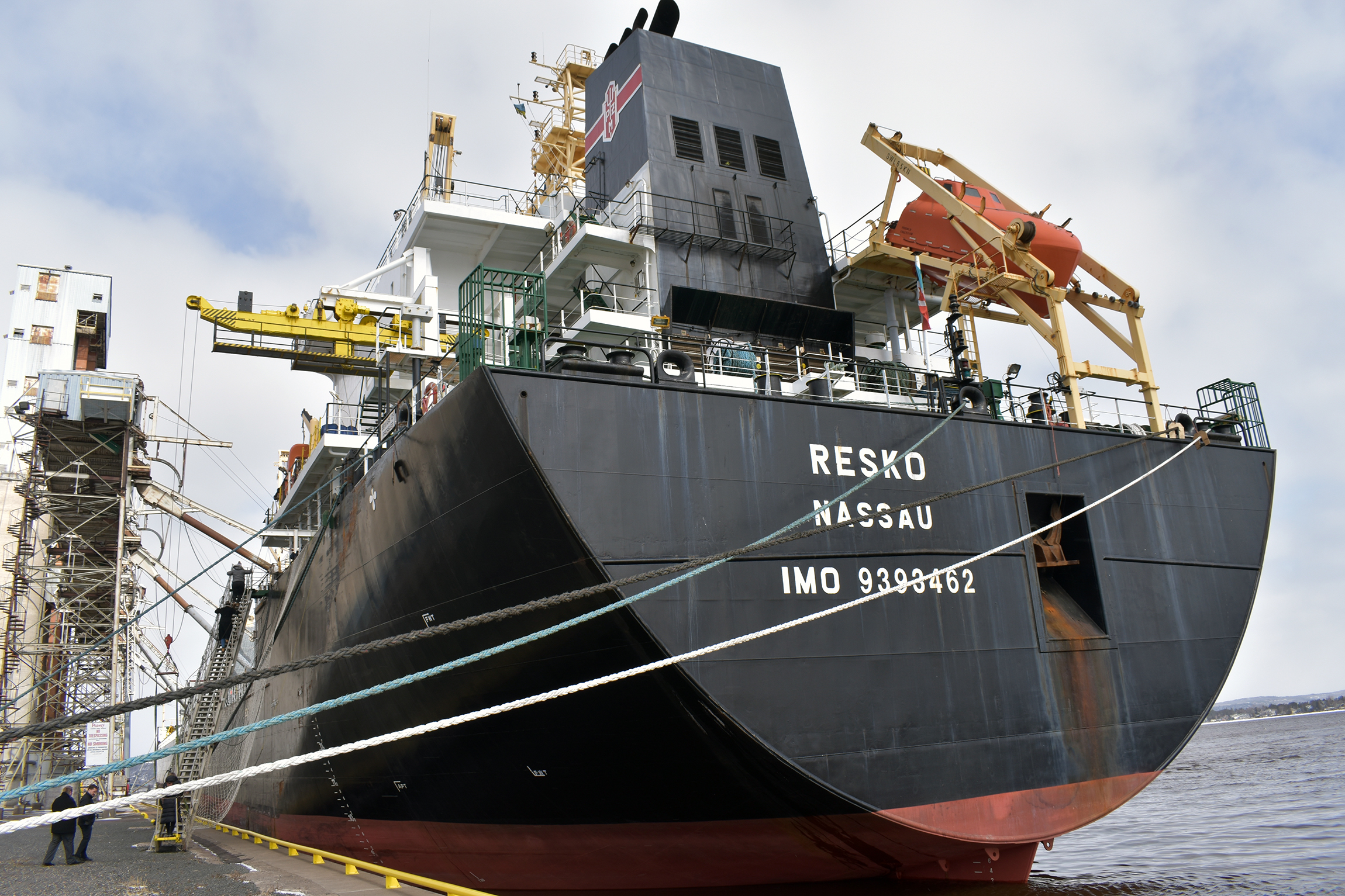On Wednesday, President Donald Trump suspended planned tariffs on dozens of countries, the latest move in a timeline extending back to Inauguration Day that includes imposing tariffs and walking back threats of even larger tariffs, especially as pressure mounts over the stock market’s reaction to his plans.
Trump on Wednesday announced a 90-day pause on planned tariff hikes for most countries and will stick with a planned 10 percent tariff on their exports. China is an exception that Trump said will face tariffs of 125 percent.
As the stock markets around the world have shown, these changes have far-reaching effects, such as in northwest Wisconsin, with the Port of Duluth-Superior being a major import and export hub.
Stay informed on the latest news
Sign up for WPR’s email newsletter.
“Wisconsin has a lot of small companies that rely on imports,” said Chris Wojtowicz of the Small Business Development Center at the Universities of Wisconsin.
Wojtowicz spoke with WPR’s Robin Washington on “Morning Edition” about the local effects of tariffs.
This conversation has been edited for clarity and brevity.
Robin Washington: How much trade does Wisconsin do internationally and what are some of the main sectors?
Chris Wojtowicz: Last year we had a new record — about $27 billion worth of products shipped to 201 different countries and customs territories all over the world.
Industrial machinery and electrical machinery are top categories, along with chemical products and of course dairy products. And bird eggs. We shipped an awful lot of eggs.
RW: And the import side? What are we bringing in, particularly items going through Port of Duluth-Superior?
CW: On the import side, again it’s industrial machinery electrical and also pharmaceutical products, vehicles and parts, and scientific instruments to round out the top five. We see a lot of different things coming through the Port of Duluth-Superior — those big windmill parts and also edible products, chemical products and organic chemicals. Organic chemicals are also re-exported.
RW: Do we just stop taking the windmill parts until we start making them ourselves in the United States?
CW: That’s the huge question. We don’t know yet how to respond to tariffs in all the different sectors.
RW: I understand the ultimate goal is to equalize or correct the trade imbalance and encourage more manufacturing in the United States, but that’s not something that will happen overnight. What have you been hearing from businesses on the ground right now?
CW: First, there’s some panic. There are companies that don’t have the money to pay for these additional duties and taxes, and the importers have to pay them right now, when they receive the goods. I’ve talked to one who says he can’t raise the price to his customers because he works on a subscription basis where the customers have prepaid. I’ve got another guy who says he has to let go of two employees because he can’t afford them.
But on the other side, I’ve got people who are telling me they need money to expand because of all the new business that will be coming with manufacturing shifting to America.
RW: So what can companies who import do?
CW: I’ve been advising my clients to use bonded warehouses and foreign trade zones. There’s a foreign trade zone right there at the Port of Duluth. What these offer is when your products arrive, they can go into that warehouse, and you pay the taxes when they exit the zone or the warehouse. This was a strategy that companies used the first time we had new tariffs during the first Trump administration.
The other thing that foreign trade zones offer is manufacturers who rely on imported parts can complete the assembly work in the zone and then get assessed potentially lower duties and taxes on their completed products.
RW: You mentioned, as many commentators have said, that the cost will be passed on to the consumer. But you also stated that the manufacturers or assemblers who receive these products will have to pay the tariffs right now. Even if they do pass on the higher costs down the line, it’s going to take a while before they recoup that money.
CW: Absolutely. And we don’t know how the market is going to react to those extra costs if consumers go to the store and find out that their favorite product is now 54 percent higher. Are they going to purchase that?
If you have an idea about something in northern Wisconsin you think we should talk about on “Morning Edition,” send it to us at northern@wpr.org.





